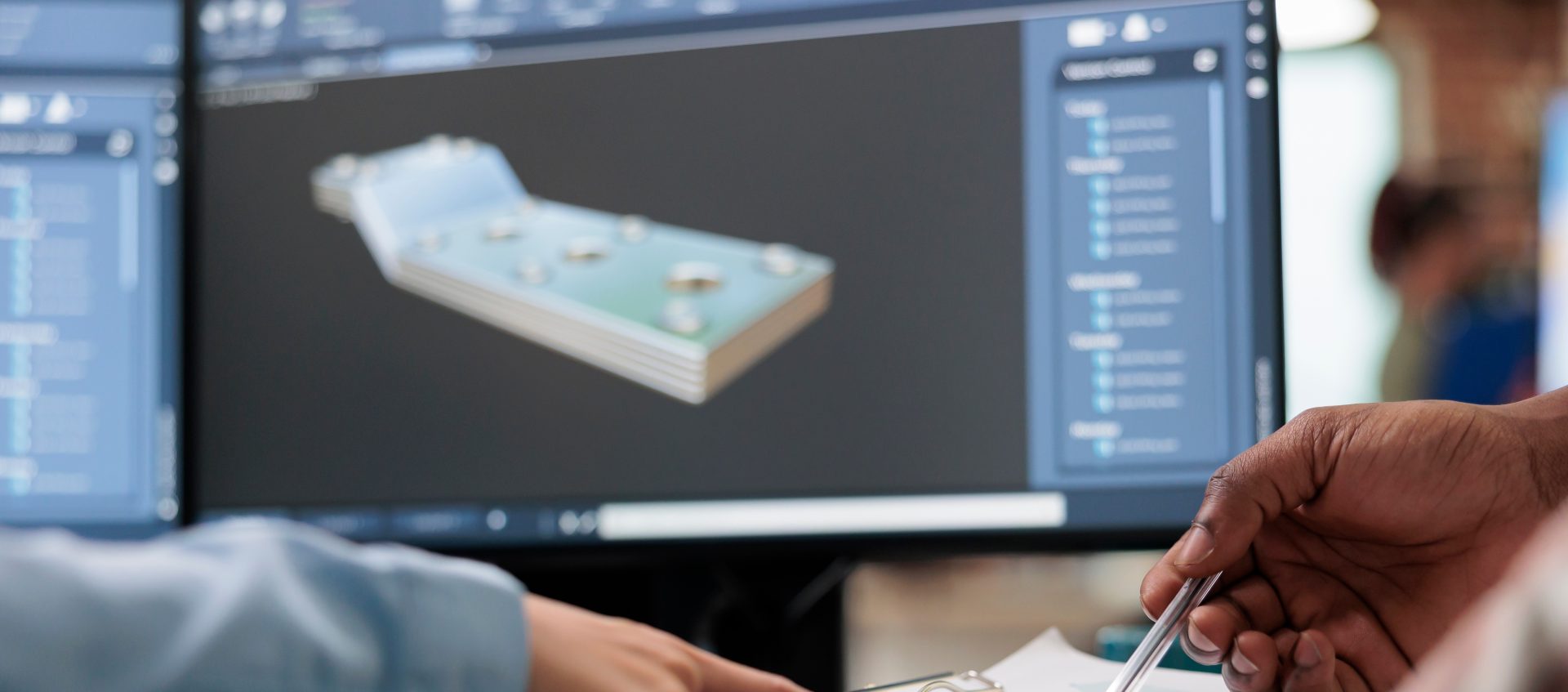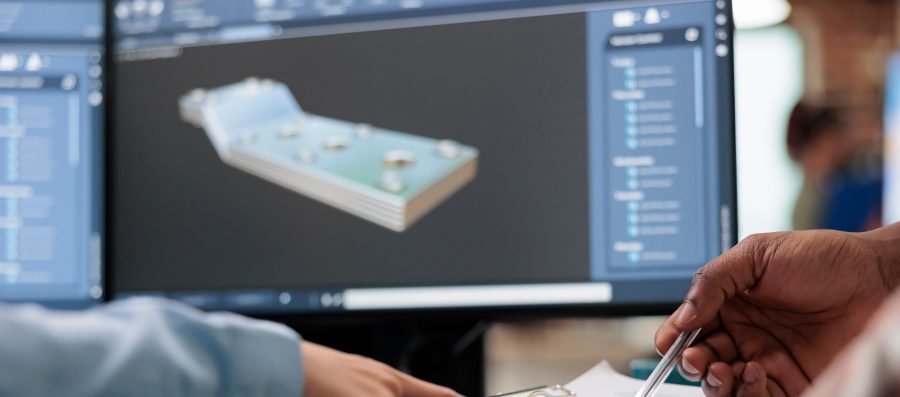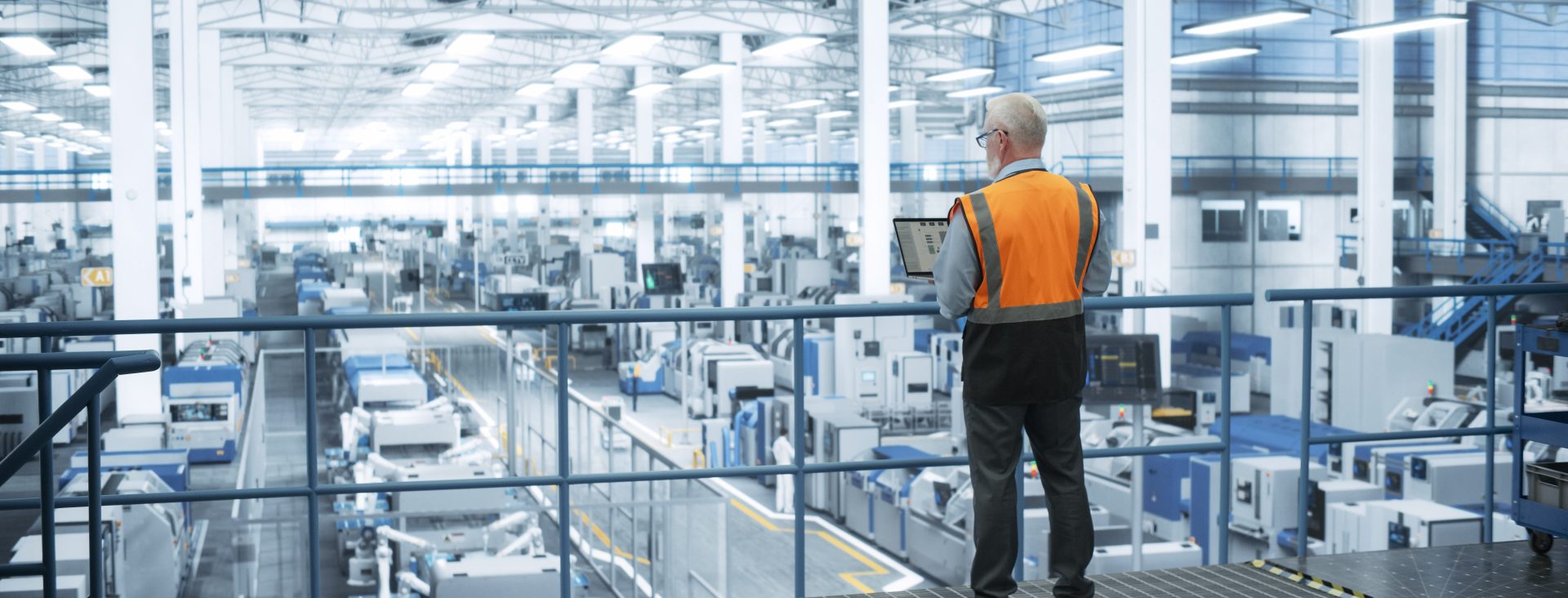TSI's Simulation History
TSI has a long history in advanced simulation. For over 20 years we’ve provided structural, thermal, fluid, vibration, crash, electomagnetics and other simulations to world-leading companies across many industries.
Recognized as industry leaders we acquired Metal Forming Analysis Corporation (www.mfac.com) in 2021 as LS-DYNA distributors, and have now expanded to become an official Canadian Channel Partner of Ansys.
Structure Mechanics
TSI provides industry-leading expertise in structural mechanics, delivering cutting-edge simulation and analysis solutions tailored to complex engineering challenges. With a strong focus on innovation and precision, TSI helps industries optimize structural performance, enhance product reliability, and accelerate development cycles.
Multibody Dynamics
Multibody Dynamics (MBD) plays a crucial role throughout the product development lifecycle. At TSI, we leverage MBD to analyze and understand the behavior of complex mechanical systems and mechanisms across various event durations. These simulations provide valuable insights into system performance and loading data, aiding in design optimization and structural analysis.
Thermodynamics & Heat Transfer
Thermodynamics and Heat Transfer simulations are vital for analyzing and optimizing thermal performance in mechanical systems. At TSI, our simulation capabilities enable us to model complex heat transfer phenomena, from thermal conduction to fluid flow, ensuring that products perform efficiently across a wide range of operating environments.
Computational Fluid Dynamics
Computational Fluid Dynamics (CFD) is a powerful tool for simulating fluid flow and heat transfer in complex systems. At TSI, we use CFD to analyze airflow, pressure distributions, and thermal behavior, enabling us to optimize designs for improved efficiency, performance, and safety across a wide range of applications.
Multiphysics
Multiphysics simulations integrate multiple physical phenomena into a unified framework, allowing for comprehensive analysis and optimization of complex systems. At TSI, we leverage multiphysics approaches to model interactions between different physical domains, such as mechanical, thermal, and electrical systems, providing deeper insights and improving design decisions across a wide range of applications.
Human Factors & Ergonomics
At TSI, we focus on reducing repetitive strain injuries, enhancing human performance, and creating comfortable operational environments through human-machine interfaces. In partnership with TSI-Labs, we prioritize human factors in our simulations and product development. Digital human modeling, ergonomics, and product optimization are key to our approach. From neck strain reduction devices to vehicle user interfaces and workplace assessments, we integrate human-factors analysis to optimize designs for better user comfort and safety.
Optimization
TSI specializes in optimization of engineering designs through advanced methods such as topology, shape, and topography optimization. Our approach begins with functional constraints like force vectors and generates the most efficient shape possible to meet performance goals such as minimizing mass and material. We also apply topographical optimization to refine designs based on manufacturing constraints, ensuring efficient production and performance. Automation in optimization reduces design iterations, enhancing design efficiency and reliability.



